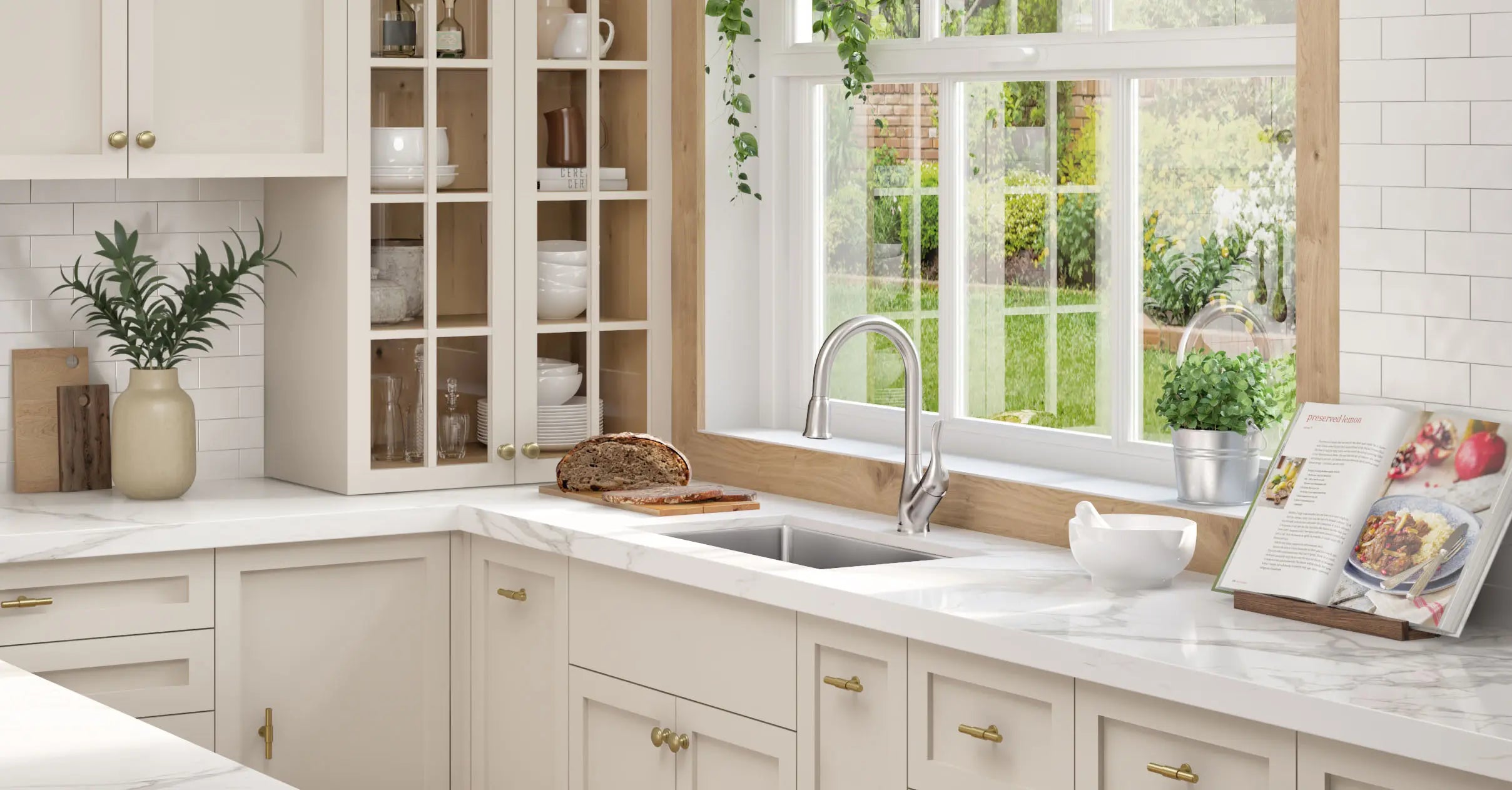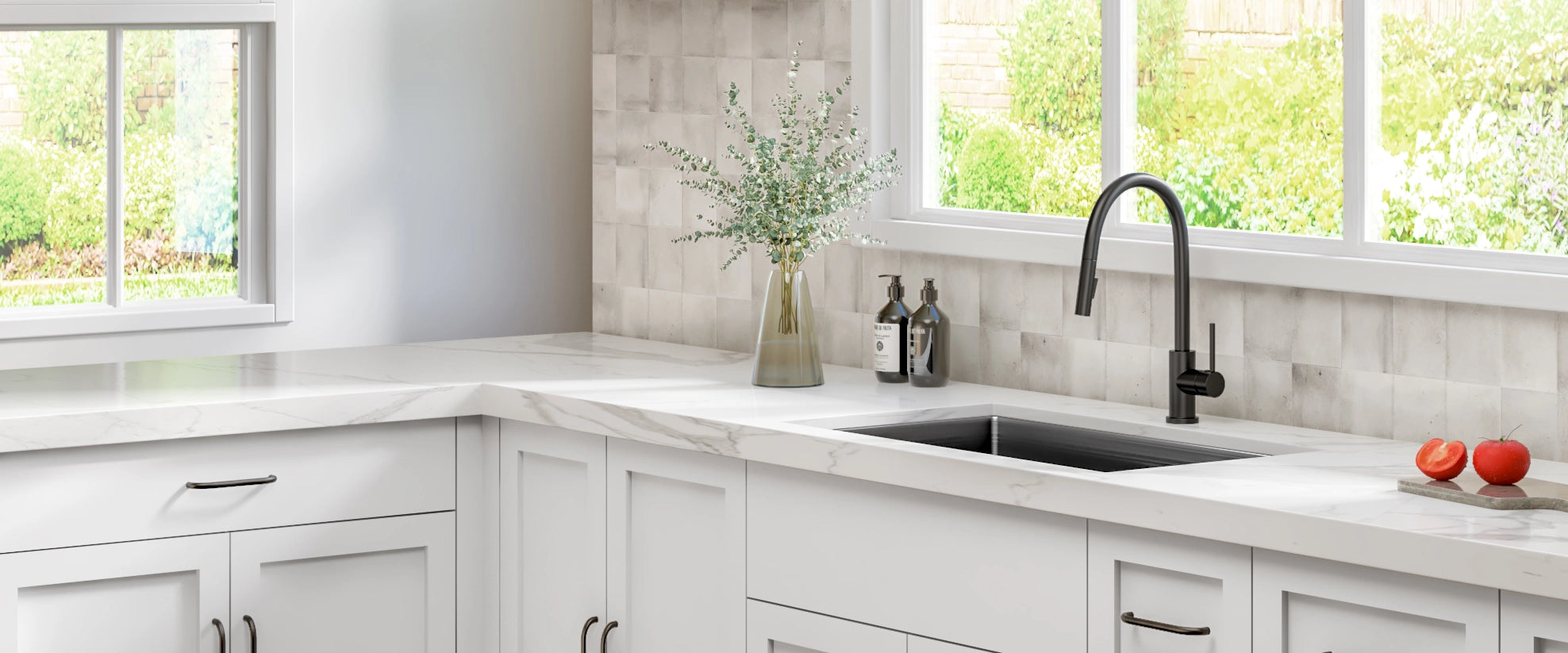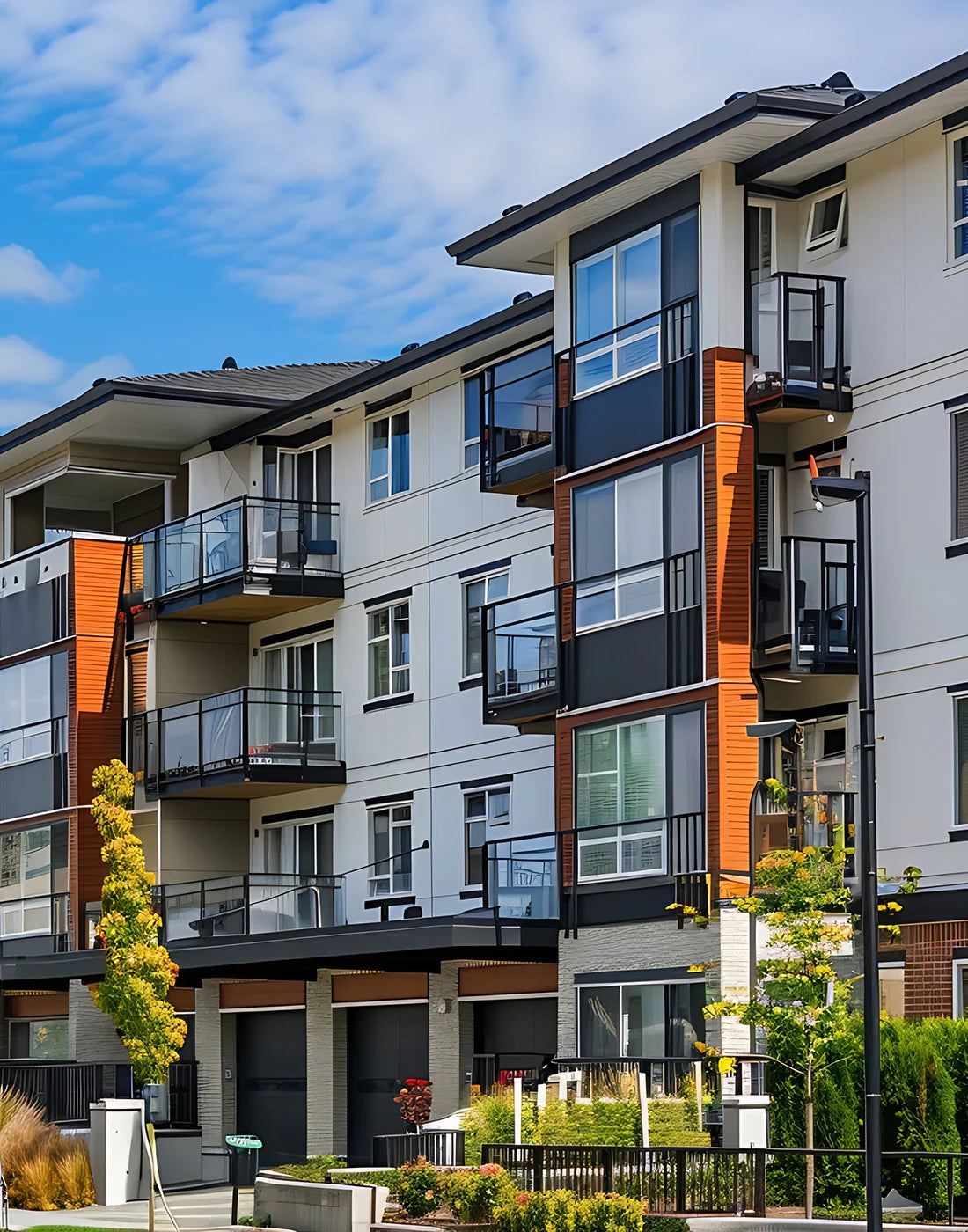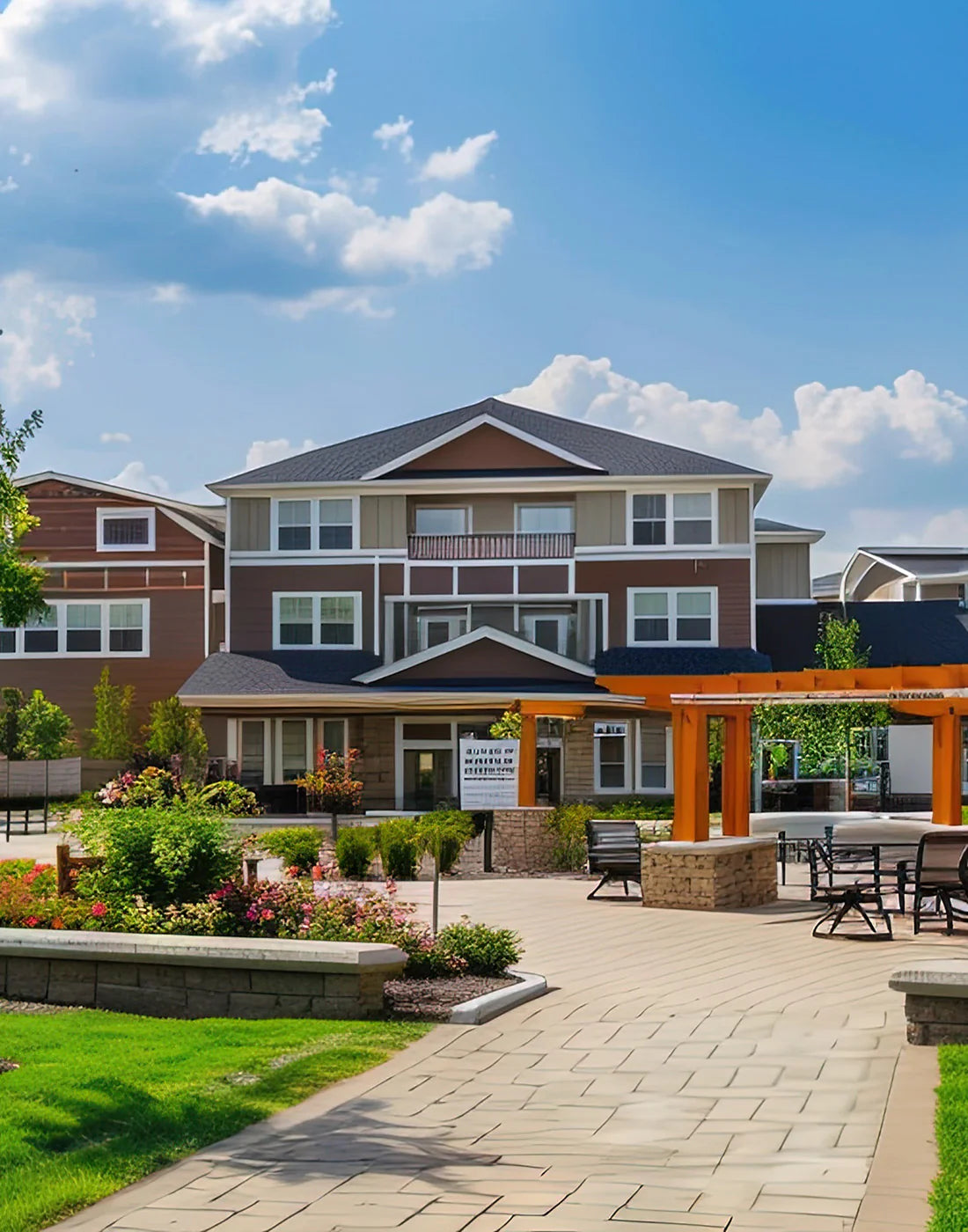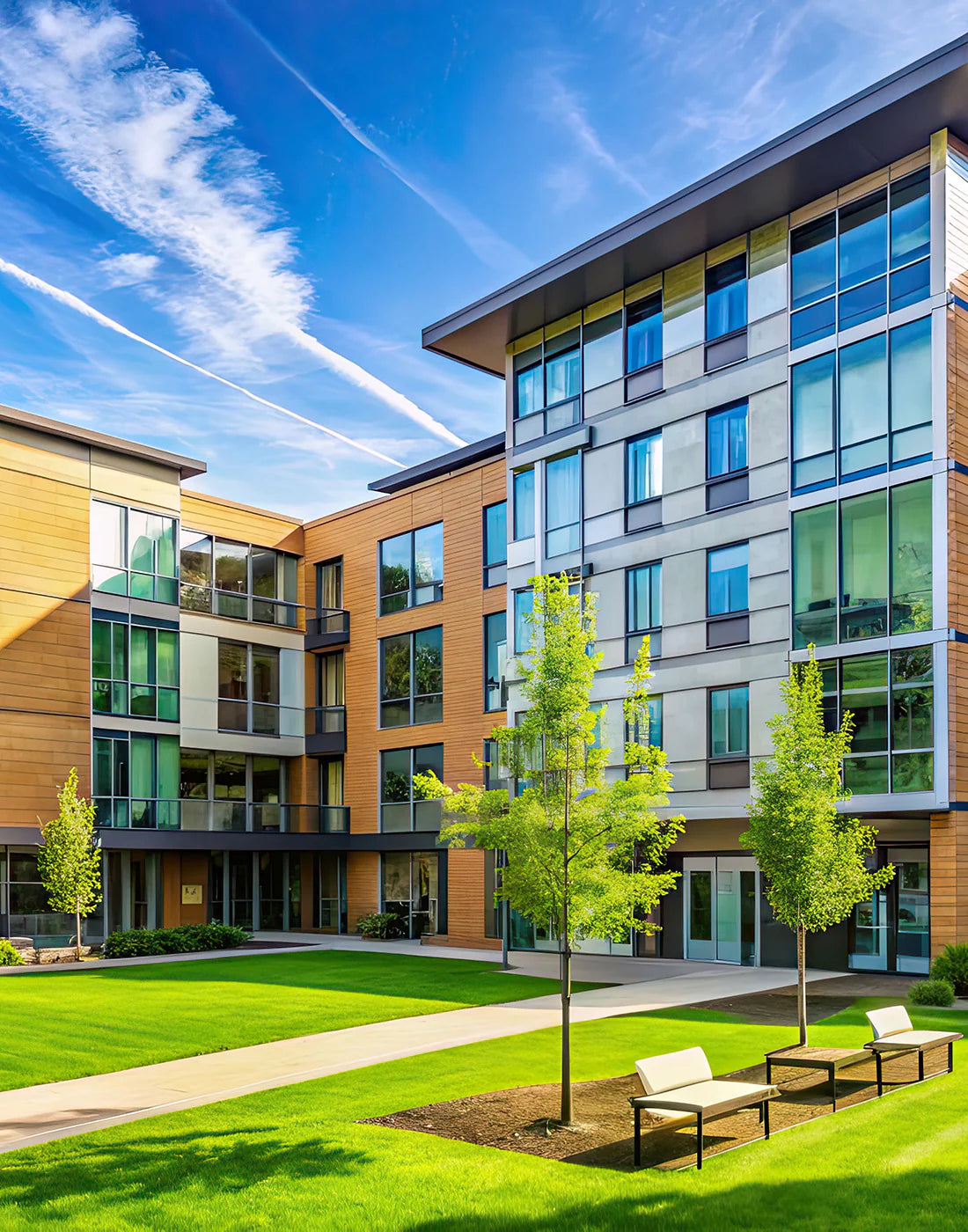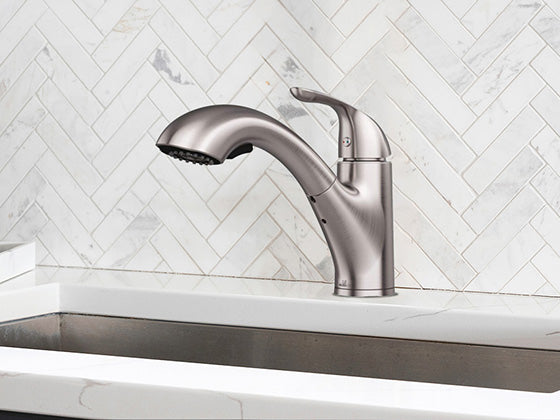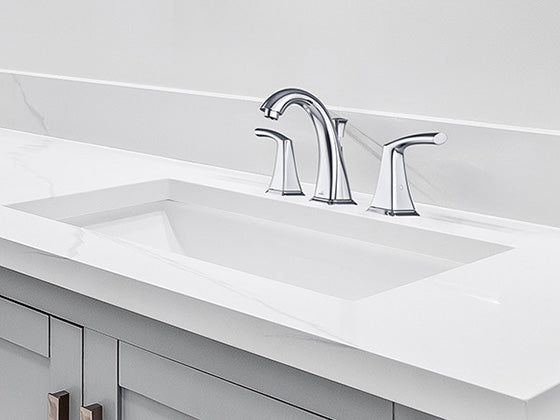When it comes to designing a new bathroom or kitchen for a client, the homeowner’s greatest priorities are likely centered on enhanced aesthetics and high performance. However, in households where one or more members of the family are living with mobility issues, safety and accessibility can take precedence over other factors.
In any case, building a better bathroom that addresses all three factors at once is more possible and more common than ever before. After all, today’s newest and most innovative products and installation techniques have advanced considerably over the last decade. As the nation’s generation of Baby Boomers advance into the elderly stages of life, building a better home that is safe and accessible, aesthetically pleasing, durable, functional, and energy-efficient is the new goal among today’s best home building and remodeling companies and contractors.
Why Understanding ADA Compliance is Essential for Businesses


While private residences aren’t required to be compliant, there are three critical reasons why professional contractors need to stay up-to-date and informed about the Americans with Disabilities Act (ADA).
Residential Customers: If a customer desires a new bathroom or kitchen that’s safer or more accessible, they’re depending on your expertise and experience to benefit from the ease of living they require. An informed contractor can suggest new and innovative products or installation types that can dramatically improve the lifestyle, comfort, and convenience of handicapped, elderly, and limited mobility customers.
Commercial Clients: If your business includes commercial services, staying informed about ADA compliance laws and building codes is a must. Regardless of what type of business your client operates, all commercial buildings and spaces must comply with the standards set forth by the Americans with Disabilities Act (ADA).
Lawsuits: Failure to maintain ADA compliance can lead to the development of lawsuits for contractors. Plus, for those with commercial clients who are legally required to maintain compliance, this could open your business to legal action.
About the Americans with Disabilities Act


Maintaining ADA compliance requires an understanding of the original law as well as its updated versions, which is why a review of new or changed policies of the ADA is needed every year. The Americans with Disabilities Act (ADA) of 1990 was passed as a civil rights law in the United States. The law was introduced as a means of preventing discrimination based on disability. Since this is a law, compliance is not optional for businesses or other commercial properties.
In 2010, the most recent design standards were released as an update to the original law. This standard is what designers, architects, contractors, and other similar professions follow to this day. On September 15, 2010, the Department of Justice published updated regulations for Titles II and III of the Americans with Disabilities Act of 1990.
This act introduced what is known as minimum requirements or standards for accessible design. These requirements include both scoping/design and technical requirements. The minimum requirements apply to all newly designed, constructed, or altered State and local government facilities, public accommodations, and commercial facilities. All of these facilities are to be both readily accessible and usable by any individual with a disability.
In addition to new buildings, the 2010 standards also took care to establish a revised reference point for entities that desire to make structural changes to better maintain their accessibility requirements. It’s important to remember that these minimum requirements are just that. They’re the absolute minimum, so there are plenty of opportunities to design features and construct a custom project that delivers your clients' truly safe and accessible experience.
Common ADA-Compliance Mistakes to Avoid for Kitchens and Bathrooms


At this point, we’ve established some background for the Americans with Disabilities Act and why contractors need to maintain compliance. As important as these standards are, there are still many common mistakes made by contractors and designers when converting a bathroom or kitchen to an accessible one.
However, as the industry’s products and practices evolve, so have ADA Compliance conventions, codes, and practices in the United States. The ability to maintain ADA compliance is an important skill for contractors in the home remodeling and construction industry. Some specific measurements and guidelines must be met to fully satisfy the requirements for building safe and accessible, ADA-compliant homes. As one of the leading manufacturers and distributors of custom sinks and faucets in the Nation, Allora USA’s wide inventory includes high-quality, ADA-accessiblekitchenandbathroomproducts. Demand for these products has risen sharply in recent years, and unsurprisingly, building requirements, codes, and ADA standards have continued to change. For this reason, Allora USA’s team of experts is dedicated to keeping our network of industry professionals up-to-date and informed on the latest ADA designs. This article will reveal some of the most important facts that contractors should know when building handicap-accessible kitchens and bathrooms in 2022. For a list of ADA Compliant Sinks take a look at our newly designed brochure.


Below are some of the most common building errors to avoid when designing Kitchens and Bathrooms
Mirror Height Issues: In most cases, bathroom mirrors are positioned at more than 40 inches from the floor. This height is too high for nearly everyone in a wheelchair. The minimum requirement is 40 inches from the floor to the bottom of the mirror. However, when designing the new bathroom make sure to consider who will use the mirror when making your final measurements.
Grab Bars: Grab bars are required in commercial restrooms and have become more popular in private, residential restrooms. When installing grab bars, there needs to be an inch and a half of space available in every direction. Pay close attention to how close this bar is to the toilet paper dispenser. It’s usually too close.
Accessible Toilet Stalls: ADA-compliant toilets should be located within 16-18 inches from the centerline of the wall. Failure to maintain this standard can lead to maneuverability concerns. Also, there should be toilet flush levers available so reaching over the toilet isn’t an issue. An easy way to fix this when the toilet violates this rule is to replace the tank instead of the entire unit.
Kitchen and Bathroom Sinks: As of the 2010 update, in bathrooms, the toilet needs at least 60-inches of clear space surrounding it, and the sink should be installed even further from that area. In addition, the sinks are usually installed too high from the ground, making it difficult for disabled individuals to use them. Fortunately, this mistake is easy to avoid by double-checking your measurements before installation begins. Depending on the bathroom layout, additional space may be necessary.
Bathroom and Kitchen Doors: Sometimes, the doors may be installed facing the wrong way. Instead of opening outwards, they instead open into the bathroom. When this happens, maneuverability is compromised for those who are wheelchair-bound. Plus, doors usually require more than five pounds of force to close, which is difficult to generate when the user can’t move properly. Simply reversing the direction of the door’s swing can fix this problem.
ADA-Compliant Cabinets: Cabinets in the bathroom or kitchen are often installed too high up for users in wheelchairs or with lower reaching capabilities. A good rule of thumb is to install the cabinets at 34 inches from the floor. However, your client may require even lower cabinets, which could mean custom work is needed.
Building an ADA Compliant Bathroom
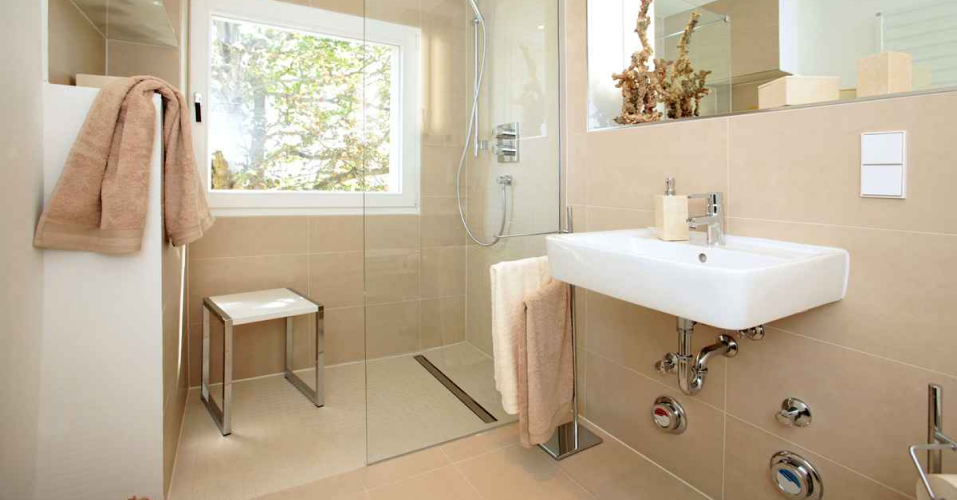
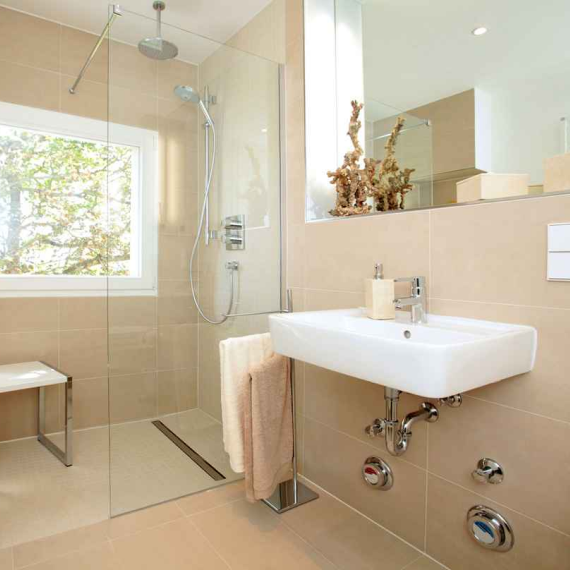
Now that we’ve identified the common mistakes to avoid, let’s take a look at what’s needed to build an ADA-compliant bathroom for your client. We’ve provided a breakdown for easy review:
Ample Space
There should be plenty of space available for people in wheelchairs to rotate freely. The minimum is 60 inches in diameter, which is needed to complete a full 180-degree turn. In addition to the required space, this should be facilitated with a forward or parallel approach. The good news is this can still be done with fixtures such as sinks in the way, provided the legs can move freely when the person is in the wheelchair.
Toilet Accessibility
As previously mentioned, accessibility requirements for the positioning of toilets include a 60-inch width of free space around the toilet. The toilet seat itself should be between 17-19 inches from the floor to the top of the seat. Don’t forget that wheelchair users need to be able to put the wheelchair next to them or in front of them for an easy transition on and off the seat.
Grab Bars
A horizontal grab-bar handrail that has a smooth, non-slip surface for gripping should be installed in shower stalls, in bathtubs, and next to toilet seats. In addition to being easily grabbed, the grab-bar should be installed onto the closest partition or wall for accessibility. The positioning of the grab bars will depend on the area where it is installed, so make sure to follow these guidelines closely.
Bathroom Sinks
The sink should be no more than 34 inches high from the floor to maintain ADA compliance. Also, there should be open space below to allow for knee clearance when wheeling up to the sink. The plumbing located beneath the sink should be protected in a manner that doesn’t compromise accessibility.
Bathroom Faucets
All ADA bathroom faucets should be operable with just one hand. The best faucet designs are lever-operated, push, touch, or electronically controlled. The key is to ensure the user doesn’t have to strain the wrist to operate the faucet.
Hand Dryers
These should be touch-free or motion-activated. Also, these dryers shouldn’t extend more than four inches from the wall to ensure ADA compliance.


Building an ADA Compliant Kitchen
Designing an ADA-compliant kitchen requires an understanding of appropriate laws and codes, along with a deep understanding of what your client needs. The kitchen is a room that sees a lot of activity, which varies greatly by the task. As such, true success in building an ADA-compliant kitchen is marked by a kitchen design that’s ergonomic for everyone in the house or building regardless of being disabled or not.


Clearance
People in wheelchairs need to move around freely, which requires plenty of space. For example, a pass-through kitchen should have 40” width spacing while a U-shaped kitchen should be 60” wide. It’s important to match up the desired kitchen layout to the minimum measurements needed to create a fully functional kitchen.
Workspace
Everyone who operates in the kitchen needs counter space. It’s where meal prep occurs along with other tasks. For this reason, a 30” wide space of unobstructed kitchen counter space is required.
Kitchen Sinks
This is one of the most important considerations for an ADA-compliant kitchen. For true accessibility, an ADA-compliant sink should be somewhere between 28-34 inches from the floor. Knee clearance is required as well. Consider carefully how the plumbing will be protected when installing an accessible sink.


Cabinets
At least 50% of all cabinet space should be accessible. This is one area where accessibility can meet design for a unique and satisfying design process. Carefully work with your clients to determine the best usable layout.
Appliances
Appliances are an automatic component of the kitchen considering refrigerators, ovens, and dishwashers are commonplace. To ensure there is a clear floor space of at least 40 inches. Pass-through kitchens require two entry and exit points.
Putting Everything Together


How you approach the project will depend largely on the available space. No matter the project, some considerations must be though-out when it comes to safety and accessibility. Private residences tend to have limited space. This means that modifications can be difficult and costly. On the other hand, commercial properties have stricter guidelines. The best way to handle the project is by discussing the plan in detail. Identify the areas of concern. Determine if the expansion of the room is necessary. Will the remodel assist the individual using the area. Also, you’ll need to discuss the budget to determine remodeling priorities. Make sure to carefully outline exactly what the project will entail. This will ensure from an error from occurring. Regardless of the situation, the end goal is the same. Every bathroom and kitchen must be 100% ADA compliant. At Allora USA, we’re proud to provide the nation’s building experts with outstanding ADA Compliant products. Explore our range of high-quality sinks and faucets for your next project. Our Allora USA team is ready to assist you.
For more information about our products and services, give us a call at +1 (703) 296-3484 or send us an email at allorausa.com.


